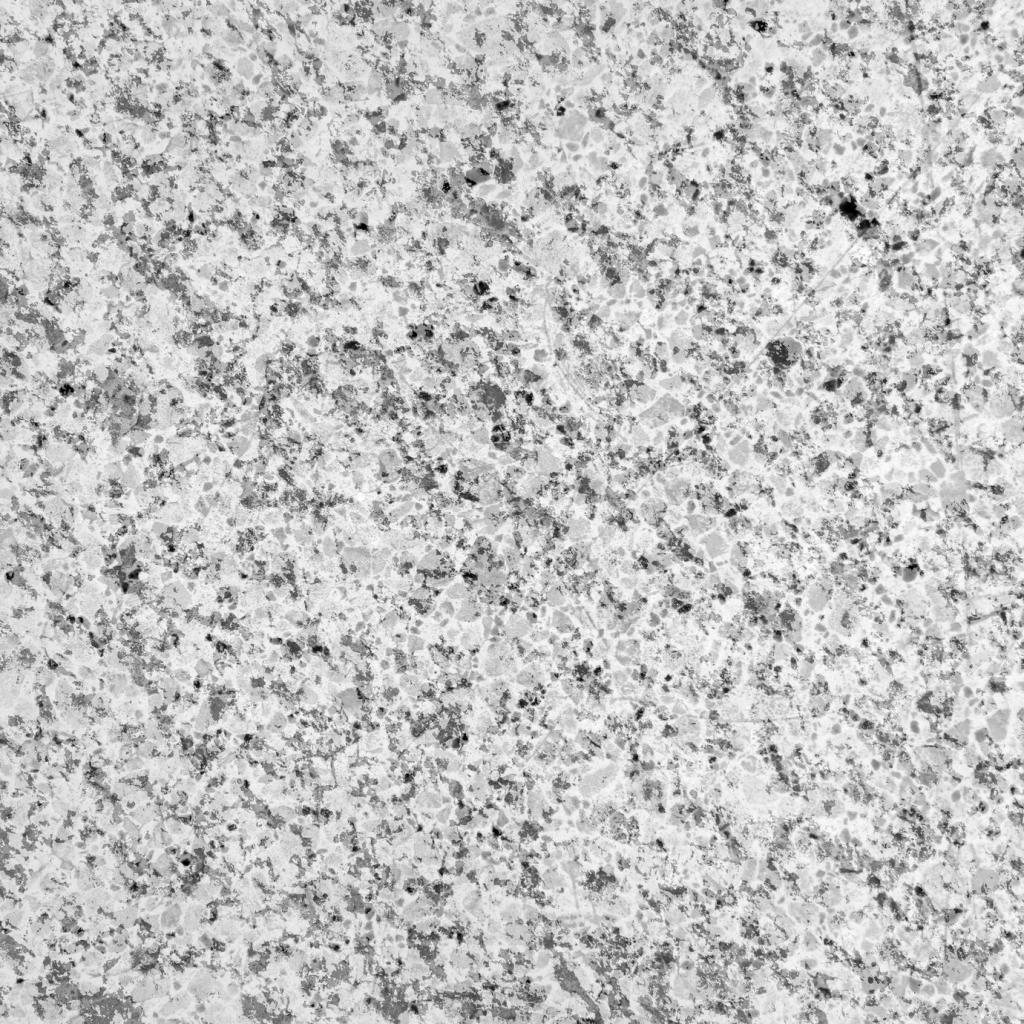Die Gebäudehülle als Herzstück des Nullenergie-Designs
Sonnenorientierung und eine ausgewogene Fensterplanung bringen Licht, Wärme und Stimmung ins Haus, ohne im Sommer zu überhitzen. Großzügige Südfenster mit optimierter Verschattung, kompakte Nordseiten und ausgewogene Ost-/Westflächen schaffen Effizienz und ein angenehmes Raumgefühl, das zum längeren Verweilen einlädt.
Die Gebäudehülle als Herzstück des Nullenergie-Designs
Eine luftdichte Ebene, sorgfältig geplante Anschlüsse und thermisch getrennte Bauteile vermeiden Verluste und Zugerscheinungen. Blaue Klebebänder oder Flüssigfolien sind nur so gut wie die Ausführung. Wer früh plant, spart Nachbesserungen, schützt vor Feuchteschäden und schafft spürbar ruhigere, behagliche Räume im Alltag.








